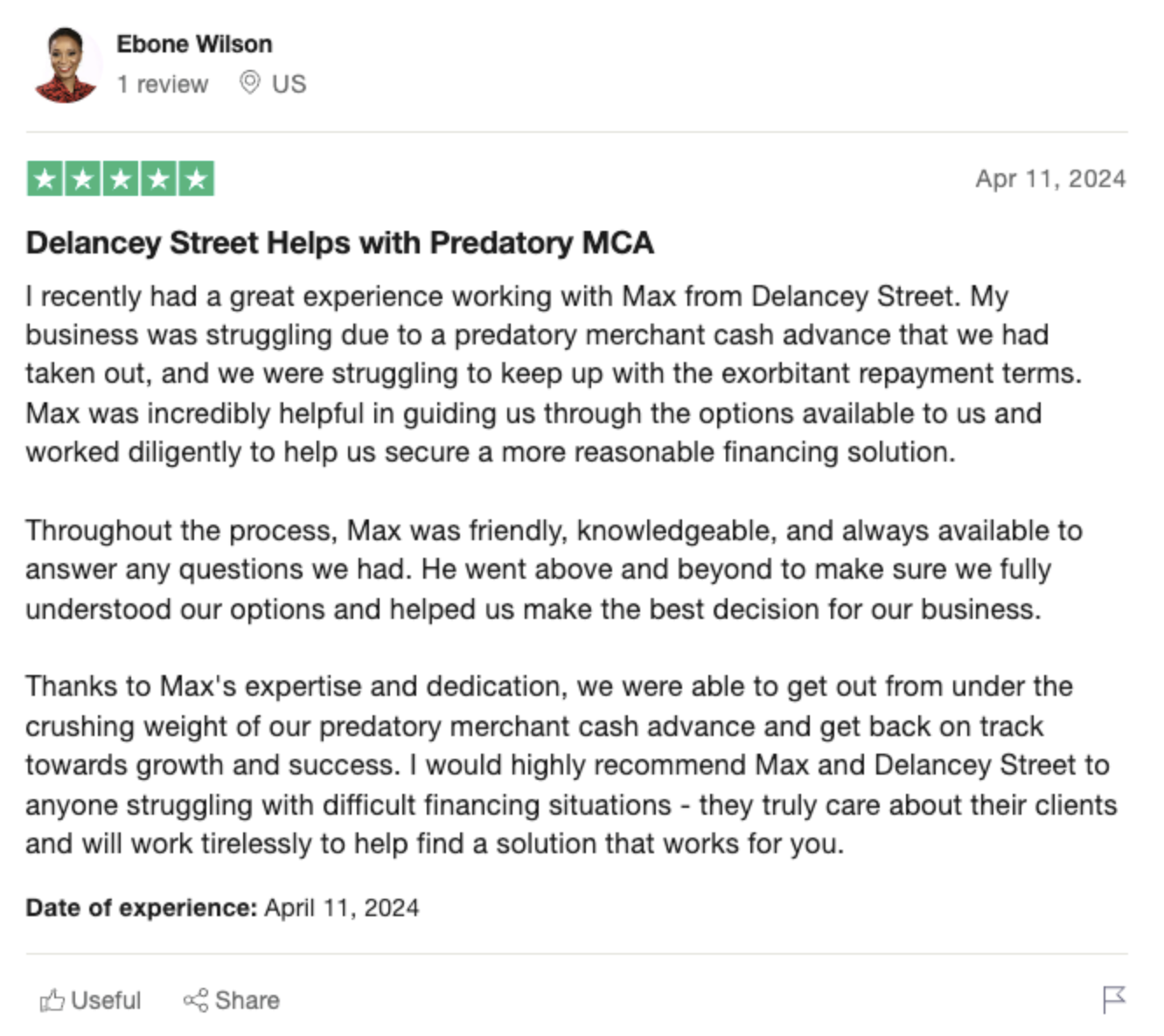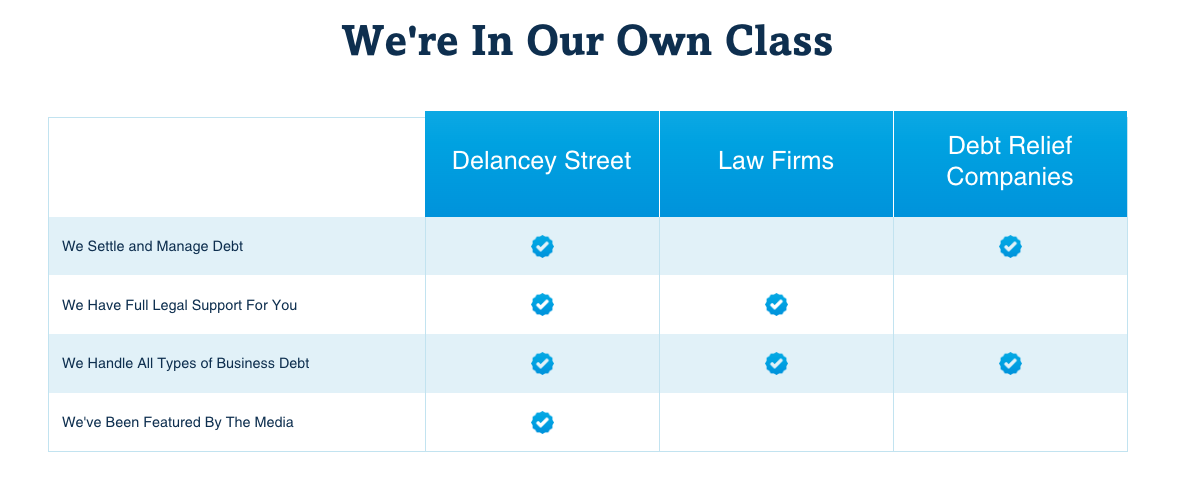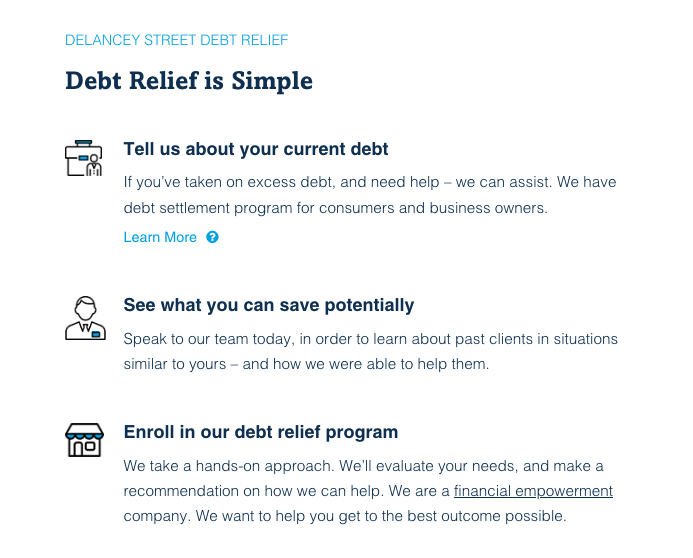Chapter 13 After Chapter 7 Bankruptcy
Are you considering Chapter 13 bankruptcy after having recently completed Chapter 7? While initially daunting, filing for Chapter 13 post-Chapter 7 can be an instrumental step in achieving long-term financial stability. This article explores everything you need to know about transitioning from Chapter 7 to Chapter 13, beginning with a basic understanding and moving towards practical steps. Let’s dive into the complexities, advantages, and the procedural roadmap that can help you navigate this financial journey.
Introduction to Financial Recovery After Chapter 7
After filing Chapter 7 bankruptcy, many feel a strong impetus to rebuild their financial lives. Chapter 7, known as "liquidation bankruptcy," helps eliminate most unsecured debts, providing a fresh financial start. However, this relief often comes at the cost of losing certain assets. Once the immediate burden of debt is lifted, the critical mission becomes financial recovery—rebuilding credit, securing steady income, and sustainably managing expenses.
 -
-You might find yourself teetering between relief and uncertainty. What comes next? The road to recovery entails prudent budgeting and perhaps even additional financial strategies such as understanding Chapter 13 bankruptcy. Some find themselves heavily reliant on secured debts like mortgages or car loans that were not fully addressed in Chapter 7.
A key to navigating this period is structured planning. Establish clear financial goals, begin re-establishing your credit by using secured credit cards, and always make on-time payments. The immediacy of this recovery phase dictates a need for comprehensive financial literacy and rigorous discipline.
Timely and considered steps at this juncture can ensure that Chapter 7’s temporary relief translates into permanent stability. Yet, for some, Chapter 13 might provide a more structured repayment plan tailored to their reformed financial standing.
Understanding the Basics of Chapter 13 Bankruptcy
Chapter 13 bankruptcy, often termed a "wage earner’s plan," is designed to afford debtors the opportunity to restructure their financial obligations. Unlike Chapter 7, which eliminates debts by liquidating assets, Chapter 13 provides for the adjustment of debts through a repayment plan, spanning three to five years, based on your income and allowable expenses.
 -
-In Chapter 13, you’re typically required to propose a repayment plan to make installments to creditors over the designated period. You’ll make these regular payments to a trustee, who in turn distributes the funds to creditors. This plan allows you to keep your property and potentially catch up on overdue payments without facing foreclosure or repossession.
Moreover, Chapter 13 can address both secured and unsecured debts. Priority debts such as alimony, child support, and certain taxes must be fully repaid, yet it allows for significant flexibility in managing other debts. Unlike the relief-first, consequences-later approach of Chapter 7, Chapter 13 is systematic, setting clear expectations and gradual debt relief.
By concentrating on long-term debt repayment and asset preservation, Chapter 13 leverages regular income to manage debt more sustainably. This structured approach can stabilize your financial outlook and potentially restore peace of mind.
Key Differences Between Chapter 7 and Chapter 13
Understanding the distinct pathways of Chapter 7 and Chapter 13 bankruptcy is crucial for making informed decisions on financial recovery. While both aim to provide debt relief, their methods and impacts diverge significantly.
| Aspect | Chapter 7 Bankruptcy | Chapter 13 Bankruptcy |
|---|---|---|
| Type | Liquidation | Reorganization |
| Duration | 3-6 months | 3-5 years |
| Debt Discharge | Most unsecured debts discharged | Debts repaid over the plan duration |
| Asset Retention | May lose non-exempt assets | Generally, keeps most or all assets |
| Impact on Credit | Significant short-term impact | Gradual build-up over payment period |
| Eligibility | No income requirement | Regular income needed |
One primary contrast is the debt discharge mechanism. Chapter 7 clears most debts quickly and provides immediate relief, but often at the expense of losing valuable assets. Meanwhile, Chapter 13 emphasizes the orderly repayment of debts through a structured plan, ensuring a sustained, albeit slower, approach to debt management.
 -
-Another essential difference is asset retention. Under Chapter 7, you might have to forfeit non-exempt property to pay off creditors, while Chapter 13 allows for asset conservation by following a strict repayment plan. This distinction might influence your choice depending on your asset portfolio and recovery goals.
Lastly, the procedural timelines and impacts on your credit vary. Chapter 7 typically concludes within months, sharply impacting your credit initially but offering a quick pathway to discharge. Conversely, Chapter 13 stretches over years, fostering incremental credit improvement as you honor your repayment obligations.
Eligibility Criteria for Filing Chapter 13 Post-Chapter 7
Navigating from Chapter 7 to Chapter 13 bankruptcy involves specific eligibility requirements, often colloquially referred to as the "Chapter 20." It’s pertinent first to recognize that under the Bankruptcy Code, you must wait four years between filing Chapter 7 and Chapter 13 for a discharge in Chapter 13 post a Chapter 7 case. However, filing Chapter 13 right after Chapter 7 for a repayment plan (without discharge) is permissible.
 -
-Your eligibility hinges on your financial landscape post-Chapter 7. Consistent income streams are crucial, as Chapter 13 relies on regular payments. Assessing disposable income is also vital; you must be able to meet necessary living expenses and still have enough to contribute to the repayment plan.
Secured debt limits serve as another threshold for eligibility. Under the current stipulations, your secured debts must be less than $1,257,850, and unsecured debts must not exceed $419,275. Thus, comprehensive asset and liability evaluations are necessary before proceeding.
Furthermore, you’ll need to ensure compliance with prior financial obligations, such as completing a credit counseling course within 180 days before filing. This pre-requisite underscores the court’s emphasis on informed financial decisions. An expert bankruptcy attorney can facilitate this transition, ensuring adherence to legal frameworks and maximizing the benefits of Chapter 13 post-Chapter 7.
Benefits and Drawbacks of Chapter 13 After Chapter 7
Filing Chapter 13 post-Chapter 7 bankruptcy offers a unique mix of advantages and potential drawbacks. Weighing these can help you decide if this path aligns with your financial journey.
Benefits:
- Debt Reorganization: Chapter 13 enables the restructuring of debts into a manageable repayment plan. This can be particularly beneficial for catching up on secured debts like mortgages or car loans.
- Asset Protection: Transitioning to Chapter 13 can safeguard important assets from repossession or foreclosure, allowing you to retain property while systematically paying off arrears.
- Comprehensive Debt Solution: Unlike Chapter 7, which may exclude certain debts, Chapter 13 can encompass a broader range of financial obligations, offering a more holistic debt resolution approach.
- Credit Rebuilding: Regular payments under Chapter 13 can gradually improve your credit score over time, contrasting with the immediate but potentially longer-lasting impact of Chapter 7.
Drawbacks:
- Extended Commitment: The repayment plan stretches over 3 to 5 years, necessitating sustained financial discipline and long-term commitment.
- Administrative Costs: Chapter 13 entails additional administrative costs and trustee fees, which may impact the overall financial benefit.
- Complexity and Compliance: The procedural complexity and strict adherence to the repayment plan require meticulous financial planning and legal guidance.
- Limited Discharge Benefits: If filed immediately post-Chapter 7, you may not be eligible for a discharge of certain debts in Chapter 13, limiting the scope of financial relief.
Understanding these benefits and drawbacks can clarify whether this sequential filing meets your needs and circumstances.
Steps to Successfully Transition to Chapter 13 Bankruptcy
Successfully transitioning from Chapter 7 to Chapter 13 bankruptcy involves a detailed, step-by-step approach. This journey is marked by strategic planning, documentation, and legal compliance.
-
Evaluate Current Financial Status: Begin by reassessing your financial landscape post-Chapter 7. Ensure steady income streams and analyze liabilities to confirm eligibility for Chapter 13. An organized financial summary can provide a clear picture.
-
Consult a Bankruptcy Attorney: Expert legal advice is indispensable. Consult a reputable bankruptcy attorney to navigate the complexities, prepare the required documentation, and ensure compliance with relevant laws and eligibility criteria.
-
Complete Credit Counseling: As mandated, you will need to undergo a credit counseling course within 180 days before filing. This step is crucial for legal compliance and provides necessary insights into managing your financial obligations effectively.
-
File the Required Documentation: Prepare and file all necessary documentation with the bankruptcy court. This includes the Chapter 13 repayment plan proposal, which details how you intend to meet your financial obligations over the designated period.
-
Attend the 341 Meeting: You will be required to attend a meeting of creditors, known as the 341 meeting. Be prepared to answer questions from the trustee and creditors about your financial affairs and the repayment plan.
-
Implement the Repayment Plan: Once the court approves the plan, commence regular payments to the trustee. Adherence to this plan is crucial for debt reorganization and ensures a smooth transition.
Careful planning and adherence to these steps can facilitate a successful transition, transforming the immediate relief of Chapter 7 into the structured, long-term stability of Chapter 13.
Navigating Chapter 13 after Chapter 7 bankruptcy embodies a journey toward structured financial recovery and long-term stability. While the route is paved with regulatory complexities and disciplined commitments, the ability to reorganize and manage debts offers invaluable benefits. Equipped with expert advice and methodical planning, transitioning from Chapter 7 to Chapter 13 serves as an empowered choice, fostering enduring financial health and clarity. Your financial future awaits diligent strategizing and decisive action; take the step forward with informed confidence.







